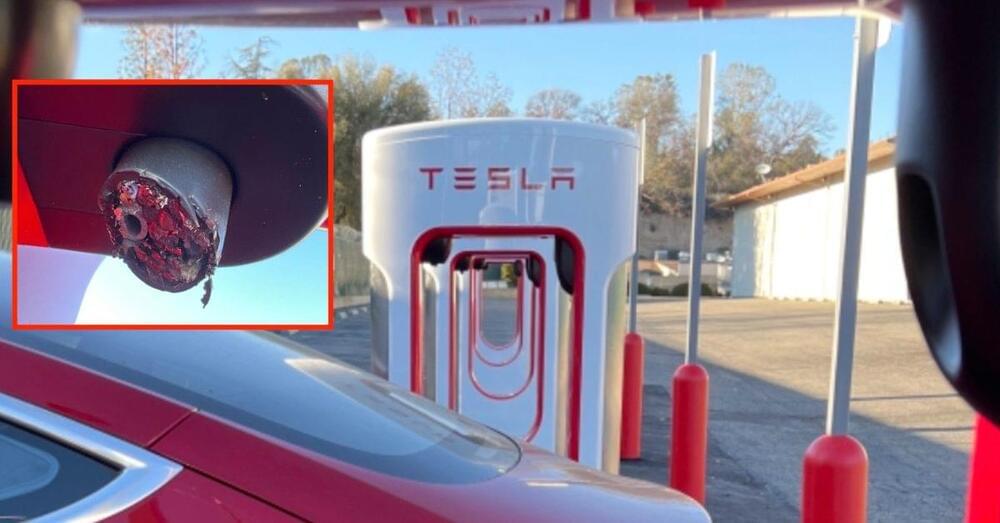The Medusa Android banking Trojan is seeing increased infection rates as it targets more geographic regions to steal online credentials and perform financial fraud.
Today, researchers at ThreatFabric have published a new report detailing the latest tricks employed by the Medusa malware and how it continues to evolve with new features.









